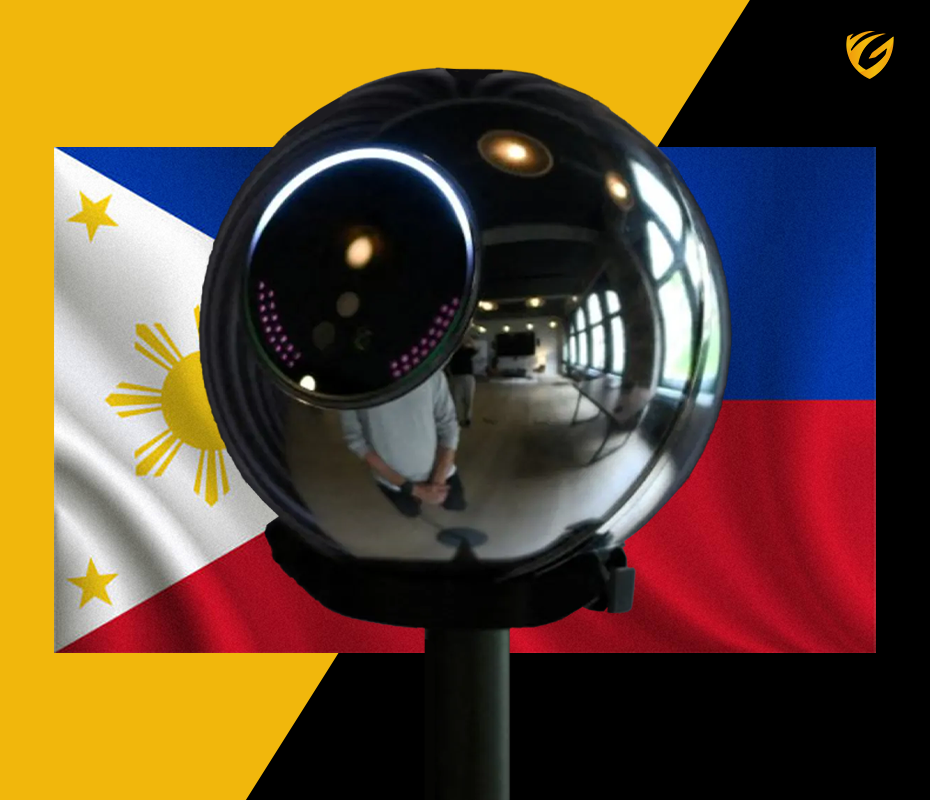AI Detects Alien Life: A Mysterious Breakthrough
In a ground-breaking discovery, researchers have developed an artificial intelligence (AI) algorithm that can look for possible evidence of extraterrestrial life in tangible samples. Even though this AI can identify between biological and non-biological elements with an amazing 90% accuracy rate, the fundamental mechanics of its decision-making process are still unknown.

Exercise with a Goal
A wide variety of materials, such as living cells, fossils, meteorites, and lab-synthesized chemicals, were used to train the machine-learning system. It was rigorously trained by examining a sizable dataset that included both inanimate objects and living things. This enormous advancement presents the possibility of transforming astrobiology and quickly implementing this AI system to evaluate data gathered by the Mars rover Curiosity. It might be an essential instrument in the search for any indications of life on the Red Planet.
Unpacking the Mystery Box
The opacity of an AI system is one of its fascinating features. It functions as a “black-box” model, producing outcomes without disclosing the subtleties of how it makes decisions. Researchers trying to comprehend the inner workings of this cutting-edge technology have both possibilities and challenges as a result of this opaqueness. Nonetheless, it is an indisputable example of how sophisticated AI systems are.
Three Important Lessons
Co-lead author Jim Cleaves, a chemist at the Carnegie Institution for Science, emphasizes the significant ramifications of this work. He highlights three important conclusions:
First of all, it suggests a fundamental distinction between abiotic organic chemistry and biochemistry, implying that the chemistry of life is governed by different rules than that of the inanimate universe.
Second, it provides a possible instrument to search for evidence of extinct life on Mars and in materials from ancient Earth. This might lead to new directions in our investigation of Mars and its possible habitability.
Finally, it may be able to differentiate other biospheres from Earth’s, which might have a big impact on astrobiology missions in the future. This AI-driven finding has opened up new avenues for the study of extraterrestrial life.
The breakthrough in the hunt for extraterrestrial life comes when an AI system can distinguish between life and non-life with a high degree of precision. Even though the AI’s internal workings are still a mystery, it has the ability to solve cosmic riddles. Both space fans and researchers are looking forward to this AI’s deployment to explore the Martian surface and possibly reveal long-hidden mysteries. Now more than ever, the quest to understand the unfathomable nature of the cosmos is intriguing and fascinating.



